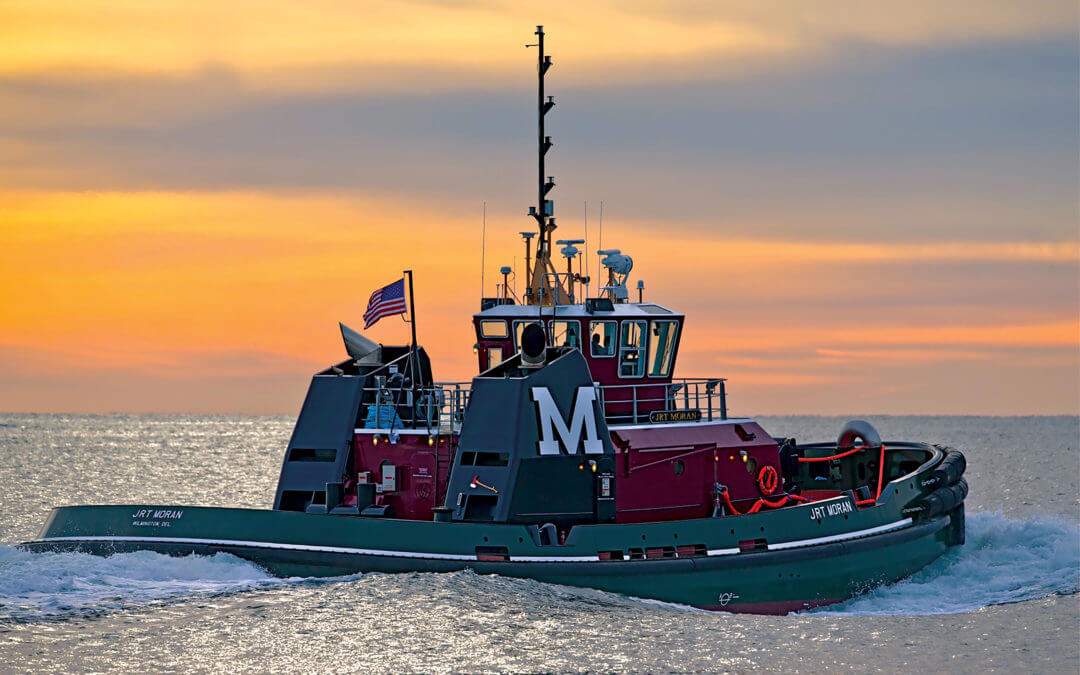Reliability-centered maintenance (RCM) is a proactive strategy used to identify the most important assets and determine how to solve problems that may occur with them. RCM works to improve the productivity of equipment and assets and reduce the cost of maintenance by identifying problems before they arise. Here are some of the most important things to know about reliability-centered maintenance.
Expect failures with any equipment
RCM is built on the premise that equipment will fail. Equipment failures can happen at any time, and they often fail when they are most in demand. Hoping that doesn’t happen won’t make the situation any less imminent. Therefore, waiting until a failure happens before taking action can have devastating results. This is why proactive efforts, such as RCM, are so important and why it’s crucial to form a team to study and maintain an asset’s performance and reliability.
Form an RCM team
The best reliability maintenance begins with a knowledgeable team that is responsible for overseeing an asset. Because RCM requires full knowledge and understanding of the asset, a 4-6 member team of experts should be formed who each represents an aspect of the asset and can speak to their expertise as it relates to the asset’s function and vulnerability. One or more of the team’s members should be a maintenance worker, and there should also be a team coordinator to run meetings, keep track of tasks, and organize analysis and findings once all the information is gathered.
Make a reliability checklist
Once the RCM team is formed, members should create a checklist that becomes the RMC strategy. Do this by listing practical questions for each asset, including what is its function, what constitutes its proper performance, what are the ways that it could fail, what is the effect of each failure, and how can each failure be prevented? This checklist serves to outline each asset’s function, determine its vulnerabilities, and establish reliability guidelines.
Consider why failures occur
When an asset fails, begin an investigation into reasons for that failure by referring to the answers in the asset reliability checklist. Also, make sure the team investigates the asset’s relationship to how the equipment functions as a whole as well as the quality of the equipment. Here are two important points to keep in mind:
Investigate failures individually
Even if the same asset fails numerous times, each failure needs to be investigated individually. This is especially important when a failure occurs with the same equipment that performs the same job, but to varying degrees or at different times. For instance, a backup device is likely not failing for the same reason as its main device counterpart. If the main device fails and then the backup device fails, their failures should not be considered related. Prior to the failure, the main device may have had a random breakdown while the backup device failed to even start. Therefore, there need to be two different tests, one for each device, to determine the reliability of each one according to its purpose and occasion for performance.
Improve quality through design
Maintenance itself does not improve performance. Maintenance maintains an asset’s reliability and performance but only insofar as the quality of the equipment’s design. In other words, increasing the maintenance schedule on poorly designed equipment does not help reliability because maintenance cannot improve the design. A design of inferior quality regardless of its maintenance schedule will still perform poorly. This, in itself, can cause asset failure, sometimes often. To enhance reliability, in this case, you need quality designed equipment. Therefore, it is important that when failures occur, there is a protocol to differentiate between reliability failures and failures due to poor design. Eventually, design failures will need to be removed. So part of operating a successful facility includes having a system that effectively removes defective equipment when necessary.
Final thoughts
Forming an RCM team and developing a strategy that concentrates on assets and identifies potential problems and failures is both proactive and cost-effective. In addition to considering an asset’s individual function, attention must be paid to the quality of the asset and the asset’s relationship to the equipment as a whole to best determine the reasons for failure and to improve your RCM team strategy.
About OptiAM®: OptiAM® EAM software is a secure, web-based application, designed to address unique customer requirements. Originally developed for the US Military by experienced maintenance personnel, OptiAM® is applicable to a wide range of asset types in any environment. Configurable and intuitive, OptiAM® applies to users in any industry.
About ASI: Andromeda Systems, Incorporated (ASI) is an ISO-9001:2008 company committed to superior technical performance and excellence in customer satisfaction. Our mission is to assist asset and fleet managers in achieving optimal levels of economy, availability, and safety by developing and applying leading systems engineering tools, processes, and expertise. We are headquartered in Virginia Beach, VA, with offices in Lexington Park, MD; Arlington, VA; Jacksonville, FL; Havelock, NC; Oklahoma City, OK and San Diego, CA.

